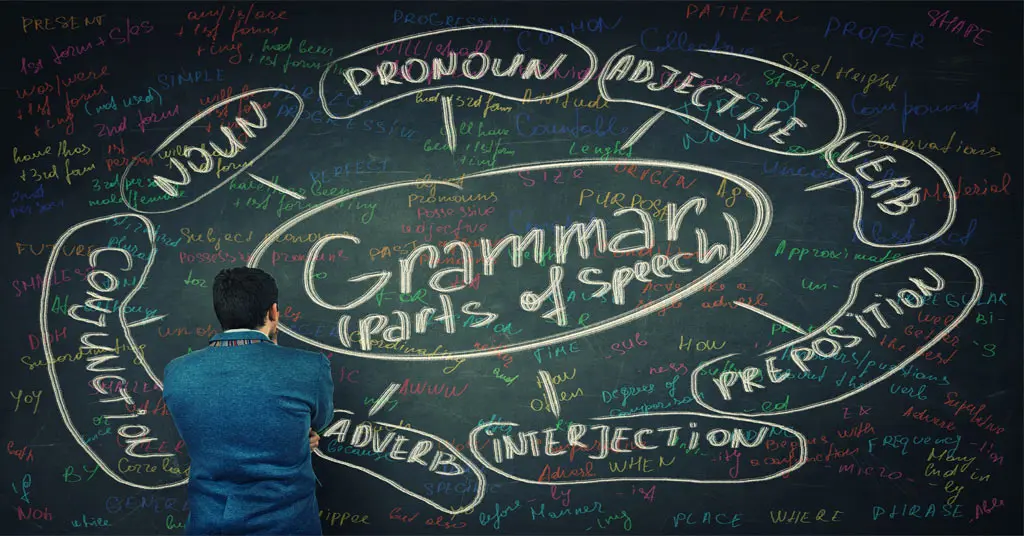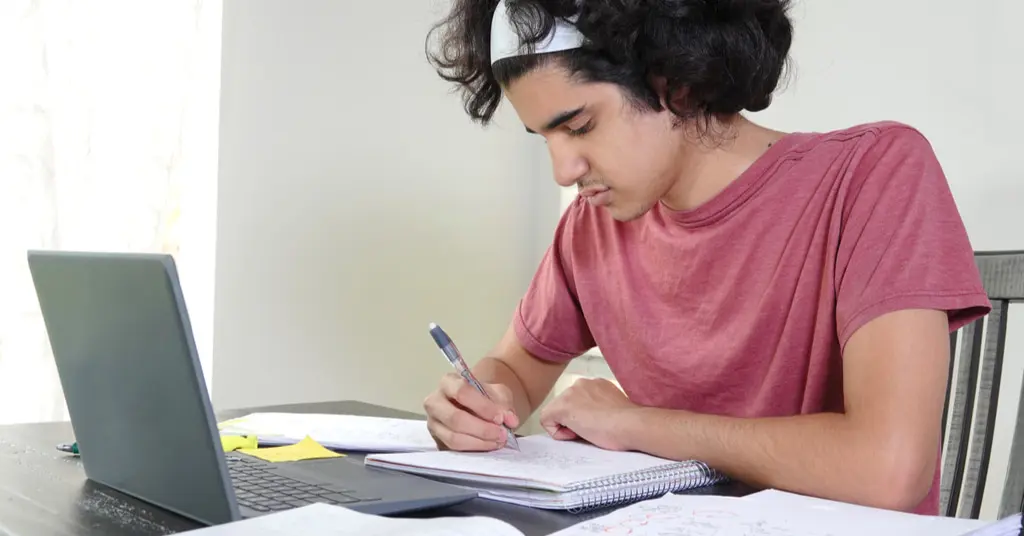If you find yourself running out of time on the Reading section of the SAT® exam, know that you are not alone. Many students struggle to finish bubbling every question or reading every passage during this section of the exam, especially if reading is not your strong suit. There may be a lot of reading and bubbling to get done in a short amount of time, but we have a few tips that can go a long way for time management and efficiency during this section of the exam!
1. Monitor your time during practice tests
As you take practice tests, it is important to recreate a setting that is as close to the official testing environment as possible. A large factor in this is recreating and practicing the timed aspect of the exam. As you work, keep track of how long each section takes you. Find out if there are specific passage types (literature, history, science) that you are slower to finish. You can use this information to focus your studying and practice the areas where time is your biggest issue.
Monitoring your time during practice tests is also a good plan when preparing for the pressures of test day. Don’t wait until the official exam day to get a feel for what 65 minutes gives you time to complete. You will have to answer 52 multiple-choice questions and read five passages in this time frame. You should get used to the pressure a timed exam may put on your performance.
2. Read questions first, then read the passages
Reading the questions first is a great time management tool, especially if you are able to make reference notes for the lines that have questions tied to them. By reading the questions first and marking the lines in the passage, you can eliminate the step of going back and forth later on. Finding evidence can be one of the most time-consuming parts of the Reading section. Making notes before you read streamlines this process. When you reach your notes in the passage while reading, you can answer the correlating question immediately.
This strategy’s main goal is to give yourself an opportunity to know what to expect in the text while minimizing the need to go back into the text and find relevant information after already reading it once.
3. Build up your testing endurance
When you take SAT practice exams, consider doing all of the sections rather than practicing one section at a time. By taking the test in its entirety, you can build up your test-taking endurance. Long term focus is necessary to perform well, and it may take practice. If you practice the Reading section on its own repeatedly, without practicing it along with the other sections, you may miss an opportunity to build up that test-taking endurance.
4. Answer the easiest questions first
This strategy ensures that you answer as many questions as possible. By answering the easiest questions first, you will likely have time to go back and answer the more challenging questions at the end.
5. Don’t spend too much time on any given question
If you find yourself getting hung up on one question, it is a good idea to move on and come back to it later. If you waste too much time on any single question, the chance to answer easier ones is eliminated. Answer the easy questions first, and save the hard ones for the time left over at the end.
6. Use the process of elimination.
This classic technique is tried and true for a reason. For each question, only one answer choice is 100% correct. If you can’t find evidence to support your correct answer, look for evidence that eliminates the other options. Even if you cannot narrow the choices down to one final answer, eliminating just one or two choices can help you make your selection. Making a guess is better than leaving a question blank, and guessing between two options is better than guessing from four options. If you have to guess, use evidence from the passage and do your best to eliminate what you can from the answer choices.
7. Make notes as you read to avoid having to reread large chunks of a passage.
While making notes before you read (when going over the questions) is valuable; it is also important to note things like transition words, main points, conclusions, or character descriptions while you read. Don’t waste time going back to reread paragraphs or searching for lines called upon by a question. This note-taking can be as simple as underlining a word choice that appears significant or labeling a paragraph that shifts the mood of the story. This is a strategy for tracking evidence in the passage and removes the need for rereading.
If you are struggling with time during the Reading section of the SAT exam, don’t worry! These tips and strategies are sure to impact your efficiency and streamline your reading. You can test them out through UWorld’s SAT Test Prep course. There you’ll find many practice tests with detailed explanations for each question. Implement these tips for your practice test, and see how they boost your time management and scores in the Reading section of the SAT exam.




